Adults as well children suffer from this type of alopecia. A problem can appear at any age and mostly the first symptoms occur during puberty or even in childhood. In 60 per cent of patients alopecia areata is diagnosed before they turn 20. It is the most common, along with androgenetic alopecia, cause of hair loss observed in Warsaw. Both men and women suffer from alopecia areata. Patients with alopecia areata, contrary to androgenetic alopecia, cannot undergo hair transplant surgery.
Course of alopecia areata
It is a skin disorder which can develop in people of all ages. The symptoms are temporary or permanent bald patches of different size and shape. Patches mostly appear on the scalp or other areas of the body with hair. Alopecia areata can also occur in eyebrows or eyelashes. Usually, the bald patches appear suddenly and the course of the disease is different in each patient. There can be only one bald patch all the time or there gradually appears many patches. Hair starts to regrow spontaneously even after a few months. Patients with alopecia areata can experience a relapse and periodic worsening of the symptoms.
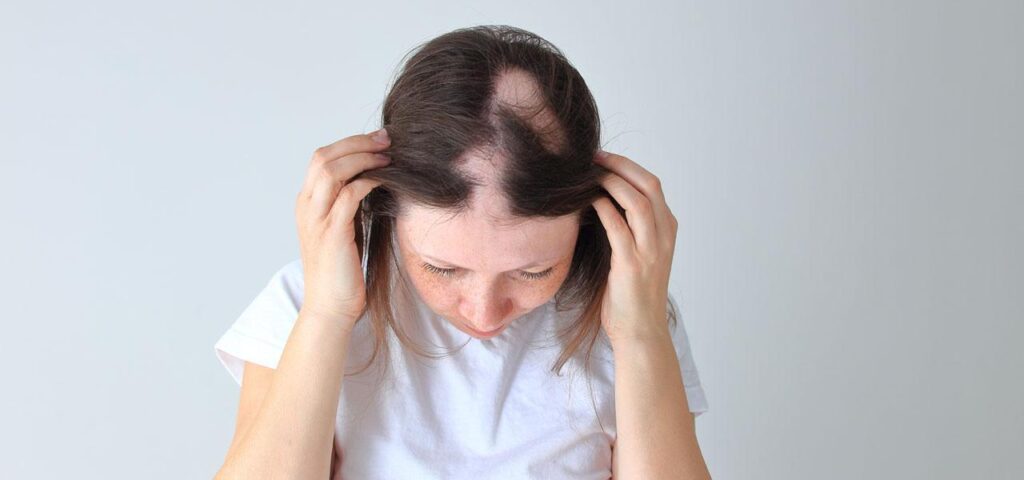
Types of alopecia areata
There are three basic types of alopecia areata: patchy, universalis and totalis. Alopecia areata is usually in a form of round or oval patches on the scalp which often blend. Alopecia universalis results in hair loss across the entire scalp and body with hair. Alopecia totalis is characterized by hair loss across the entire scalp. The characteristic feature of alopecia areata is partial or total hair loss without any lesions on other parts of the skin. Only about 12 per cent of patients with alopecia areata can also experience nail changes like the pitting of their nails or “stippling” (rows of tiny dents) on their fingernails.
Causes of alopecia areata
Modern medicine still has not found the real cause of alopecia areata. In about 20 per cent of patients the disease is related to genes. The following factors can influence the development of the disease: immunological disorders, chronic stress and endocrine disorders. The causes of alopecia areata can also be different medicines i.e. immunosuppressive, antithyroid, cytotoxic or anticoagulants. Researchers also look for causes of hair growth cycle disorders i.e. hair formation phase is too short leading to termination. It is certain that hair loss is characterized by inflammation although there are no visible symptoms e.g. skin redness. A group of researchers claim that the cause of alopecia areata can be connected to autoimmune diseases.
Tests and diagnosis of alopecia areata
If you notice symptoms of alopecia areata you should consult a dermatologist or trychologist. The symptoms will certainly help in making an accurate diagnosis. Alopecia areata evaluation is not complicated and a good specialist will quickly make a diagnosis. In most cases it is not necessary to conduct additional tests. Examination of the scalp and hair analysis are sufficient. However, in some cases it is recommended to do blood tests to assess iron, vitamins, micro- and macroelements blood levels. In order to make an accurate diagnosis it is suggested to perform a skin biopsy or analyze the samples and their genetic predisposition to brittle hair and alopecia.
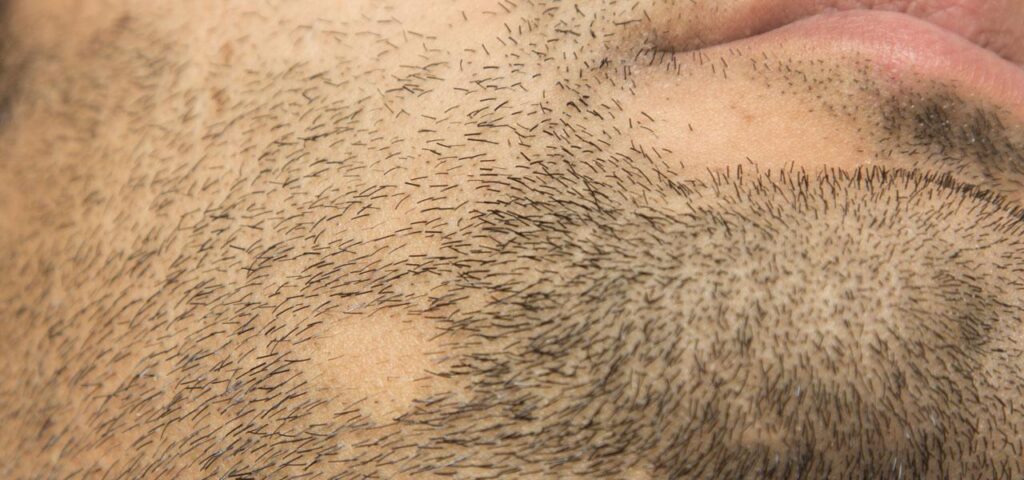
Alopecia areata treatment
Alopecia areata treatment should be carried out by an experienced specialist. A good doctor will not only make a quick diagnosis but can also find the cause of a skin problem and plan the appropriate treatment. A doctor can prescribe different medicines in the form of creams and ointments to treat alopecia. There is a wide range of hair loss treatments in Warsaw.
They include:
- Scalp mesotherapy: uses injections of active substances into the skin. Platelet-rich plasma (PRP) is usually injected. PRP is prepared by taking blood from the patient, centrifuged and injected directly in the scalp.
- UVA/UVB/PUVA phototherapy/ EXAIMER laser: involves exposing the scalp to light. They are non-invasive and painless.
- Cryomassage Cryo-S: uses nitrous oxide which freezes tissues and stimulates hair regeneration.
- Dr CYJ Hair Filler: involves injection of a good composition of seven peptides and hyaluronic acid.
- Scalp carboxytherapy: therapy involves injecting carbon dioxide (CO2) under the skin into the subcutaneous tissue to dilute blood vessels and stimulate the production of new ones production.
- Dermorollers
- Irritants, topical agents: DCP, anthralin, tar
Appropriate technique and treatment option are selected individually. A specialist assesses hair condition and helps to choose the most appropriate treatment option. It is important to use a series of sessions. The number of and frequency of treatment is planned by a doctor.
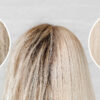
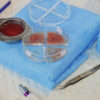


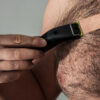

There are a ramification of hair loss situations that can appear in males and females at a extraordinary age. Alopecia areata is one of the hair loss problems that frequently reason hair loss in men.